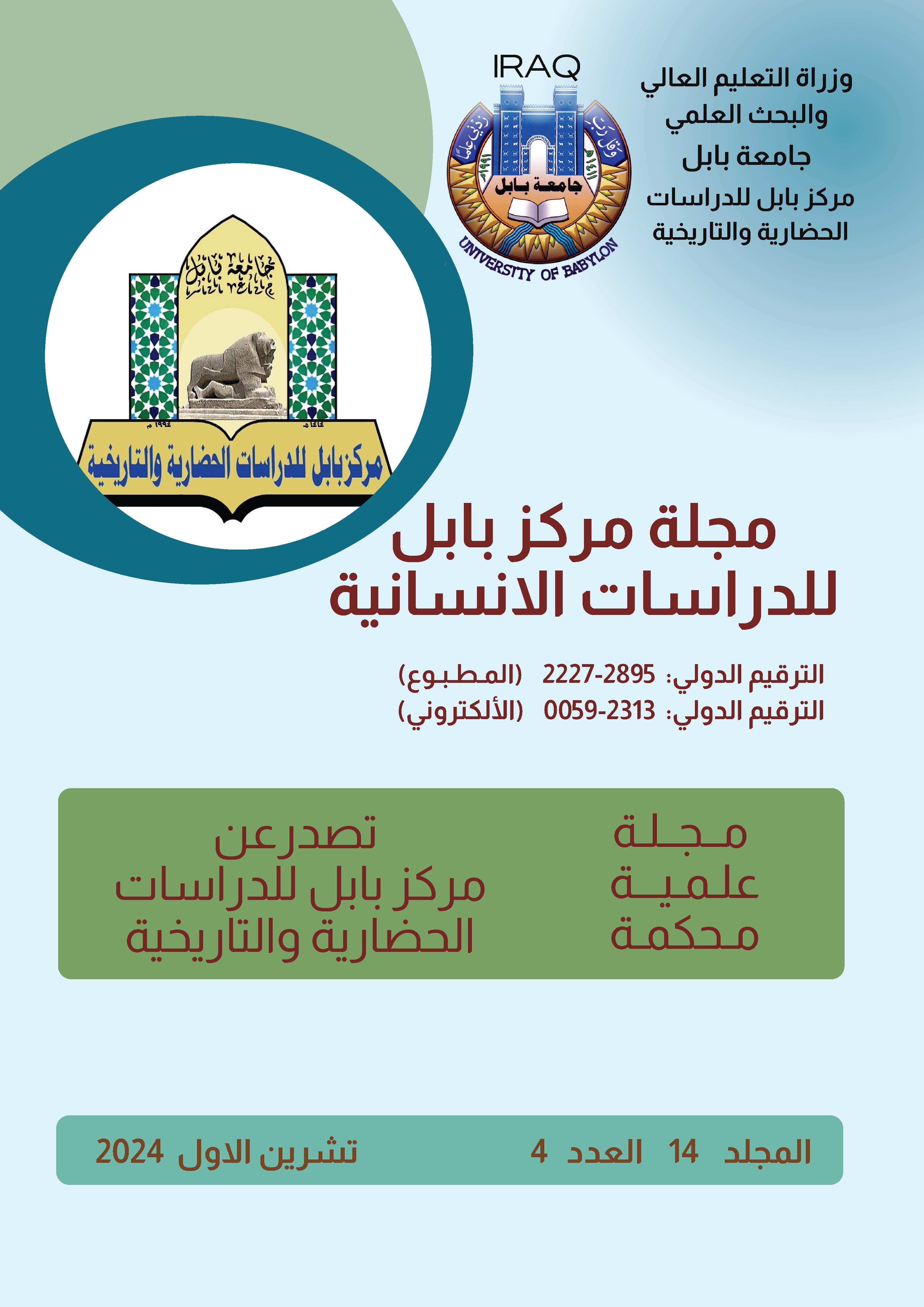The reaction of Iranian scholars and resident scholars to the Wahhabi attacks on the holy cities
Keywords:
clerics, Wahhabis, Karbala, Najaf, Shiite scholarsAbstract
The gathering of the graves of the Imams (peace be upon them) in Iraq has increased the religious importance of this blessed land for the Shiites. The Wahhabi attack on Iraq, especially on the holy shrines, caused many reactions among various segments of society in the Iranian and Ottoman countries, and had a major impact at various levels. Both the rulers of Iran and the Ottoman Empire took action depending on their power and influence. This research aims to investigate the advocacy, cultural and political actions of religious scholars residing in Iran and religious scholars in Iran in response to the Wahhabi attack on the holy shrines, relying on library studies and descriptive analytical methods. The research results show that the first reaction in Iran came from religious scholars residing in Iran and scholars of the holy places, both of whom were directly and indirectly involved in defending the holy places. Accordingly, it can be said that they were the focus of the actions of the common people and a reason for the incitement of the students and the Qajar and Ottoman governments to defend the holy places. Because they made their homes a base for resistance and struggle against the Wahhabis, and through cultural, religious and civil initiatives, they revived the spiritual centers of Iraq, and even with their strategic efforts, they obtained the support of the people and the ruling authorities. Prominent scholars undertook the great task of accelerating the reconstruction of the Atabat shrine by mobilizing Government officials and wealthy individuals from different cities, with the aim of securing funds.







